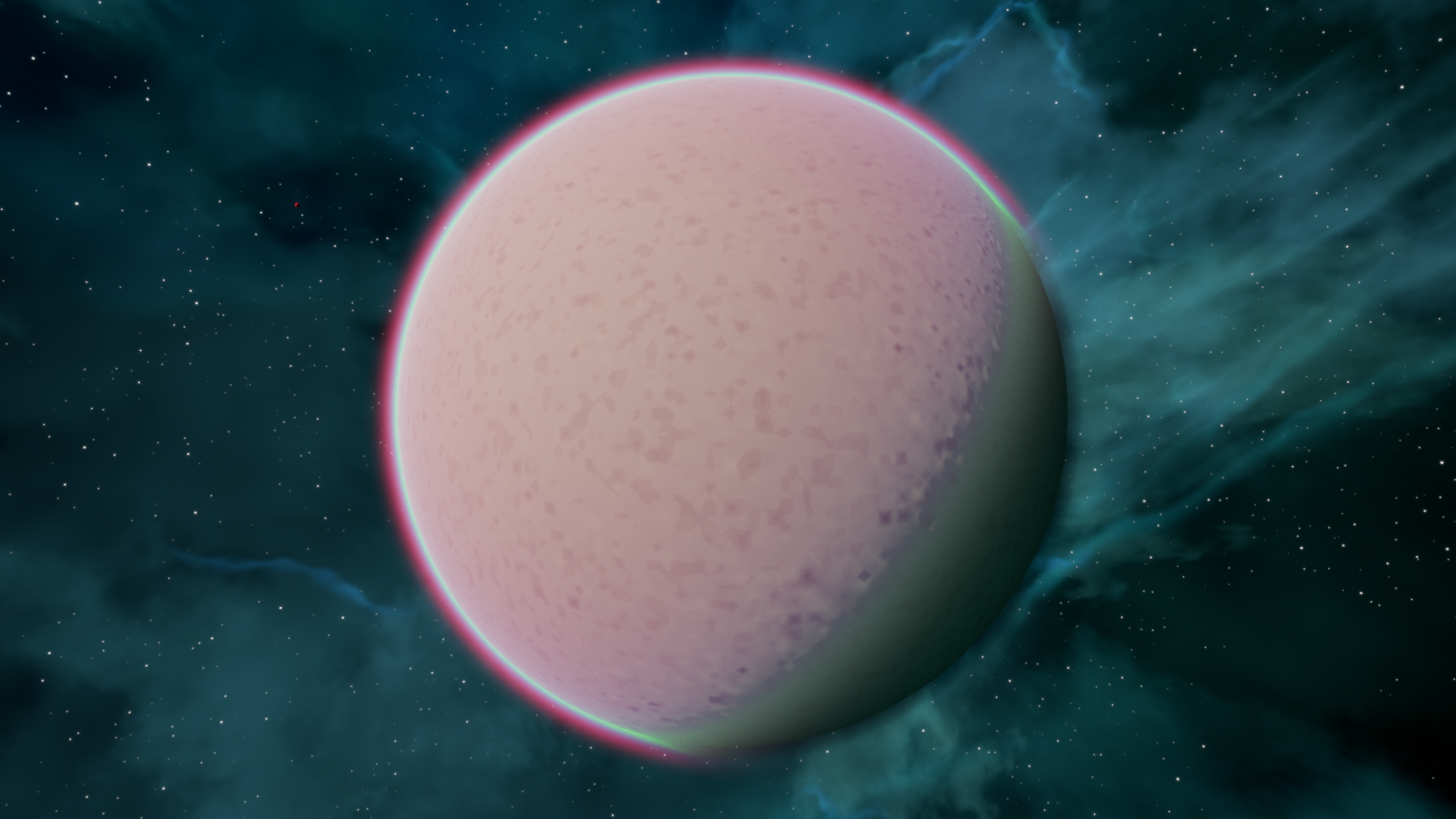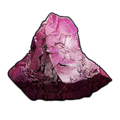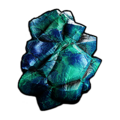Difference between revisions of "Thalia"
| Line 9: | Line 9: | ||
}} | }} | ||
{{SB Infobox Celestial Body General Information | {{SB Infobox Celestial Body General Information | ||
|pronunciation={{IPAc-en|ˈ|θ|e:|l|i|ə}} | |pronunciation={{IPAc-en|ˈ|θ|e:|.|l|i|.|ə}} | ||
|languageOrigin=[[wikipedia:Ancient_Greek|Ancient Greek]] | |languageOrigin=[[wikipedia:Ancient_Greek|Ancient Greek]] | ||
|ipaKey=[[wikipedia:Ancient_Greek_phonology|key]] | |ipaKey=[[wikipedia:Ancient_Greek_phonology|key]] | ||
Revision as of 05:15, 1 July 2024
(Ancient Greek) - IPA(key)
Thalia (/ˈθeɪliə/) is the 24th moon of Eos, and like its sister moons Aglaea and Euphrosyne, has a bright pink atmosphere which fades to light and powdery greens and blues. Just as its sisters, its surface is comprised of many open plains, with stalagmite-esque formations and steep mountain ridges isolated between them.
Nomenclature
In ancient Greek religion and mythology, Thalia is a goddess and one of the three Charites, known in ancient Rome as the Gratiae (Graces). Just as her sisters represent the principles of cheer, mirth, and radiance, Thalia is said to represent the luxurious and the plentiful. She is commonly associated with banquets and celebratory consumption, though her name also means "the blooming" in the sense of springtime greenery and blossoms.
You Kharites three... in your gift are all our mortal joys, and every sweet thing, be it wisdom, beauty, or glory, that makes rich the soul of man... who with everlasting praise worship the Father, lord of great Olympos... I come to praise Asopikhos, whose Minyan house, Thalia, now of your favour wears the pride of the Olympian victor.








